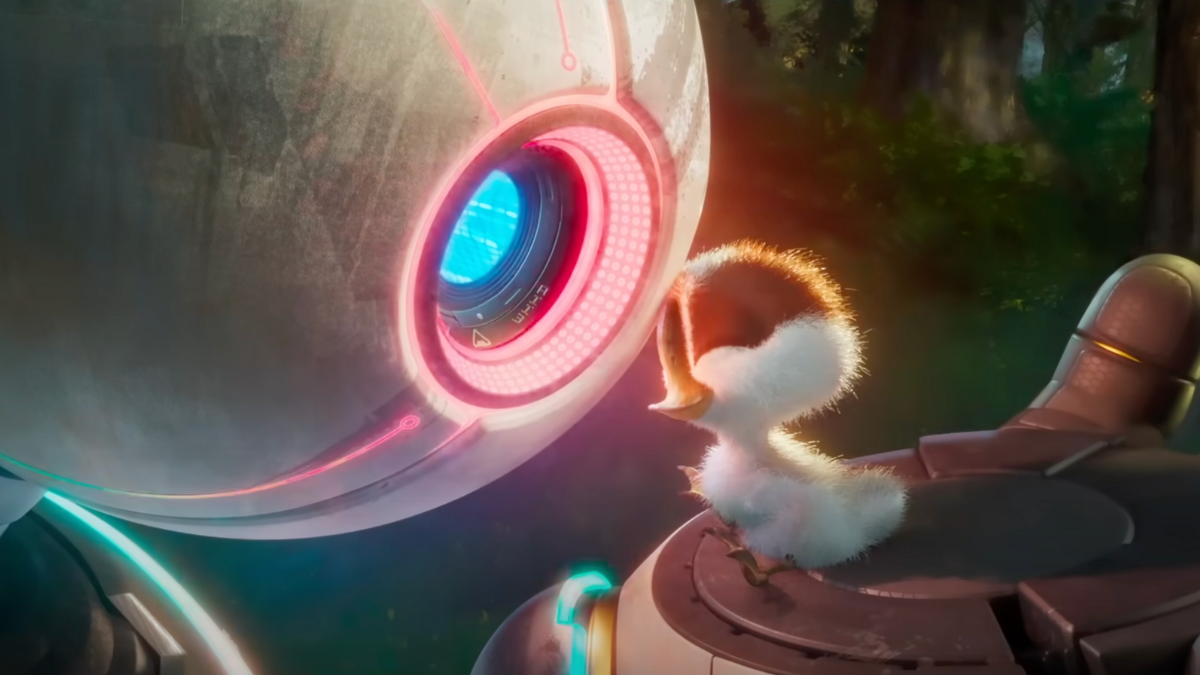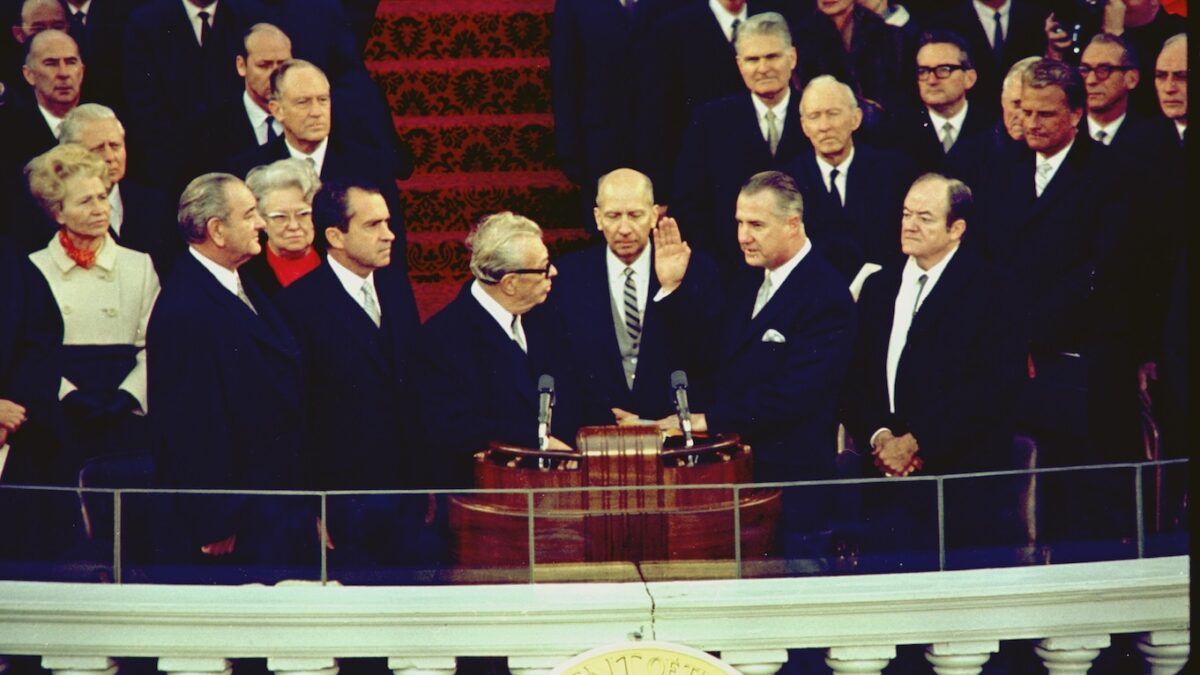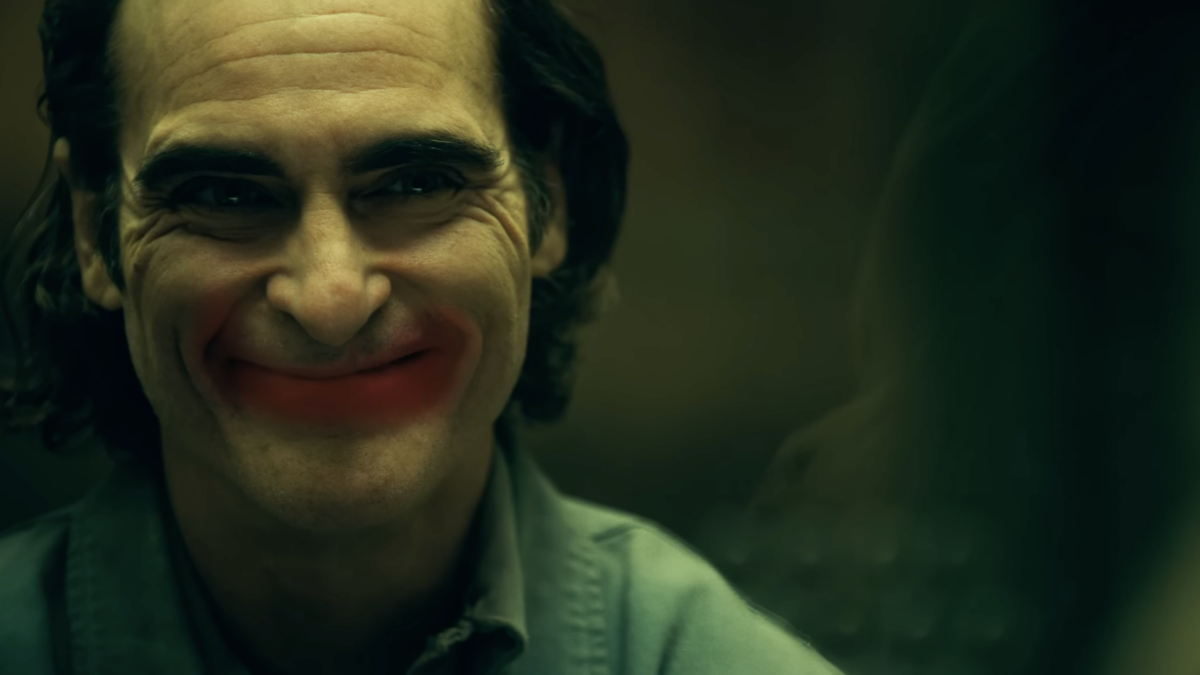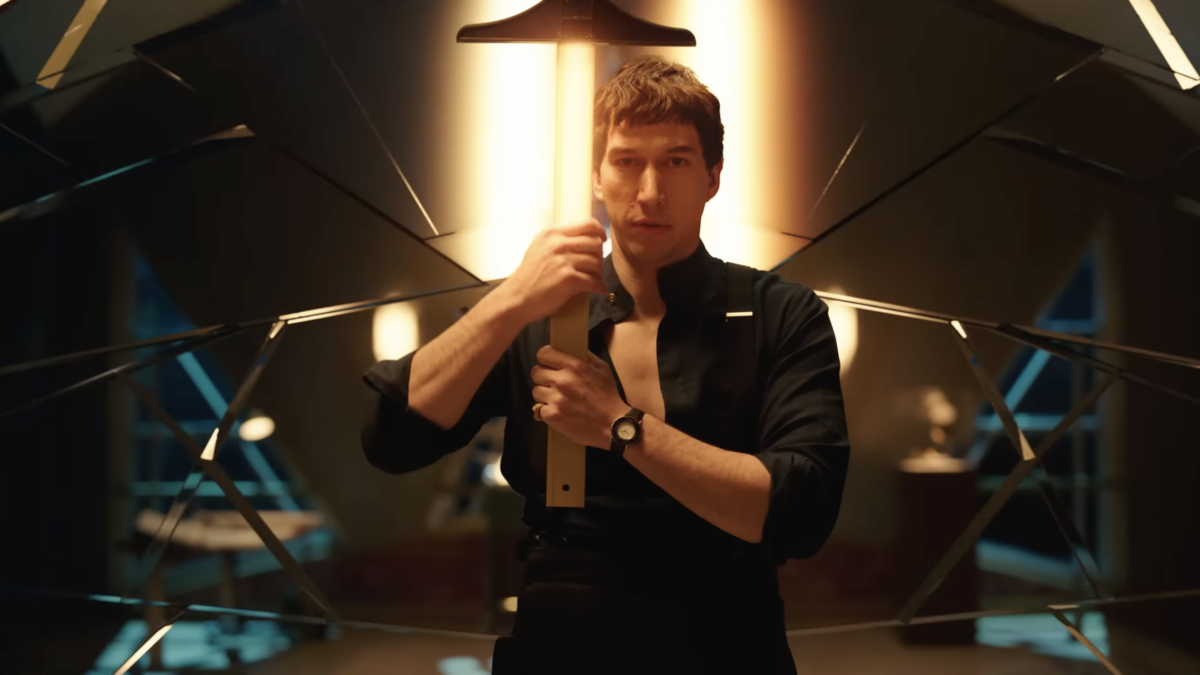
This article includes plot spoilers.
Jordan Peele’s critically praised box-office smash “Get Out” (2017) received multiple nominations for the Golden Globes, but came away empty-handed. The Oscars await, however, where “Get Out” has been chatted up for best picture, best actor, best director, and best film editing nominations. The nomination lists come out January 23.
The film attacks white bigotry in a horror tale best described as a racist version of the “Stepford Wives.” But for once the film’s villains aren’t alt-right racists or Confederate-flag-waving white supremacists. Instead it is a target usually given a free pass: “tolerant” white liberals.
A smug feature of modern liberalism is moral vanity, especially about minorities. Claiming to “care” more about the plight of African-Americans than “heartless” conservatives has constructed an escape hatch for when their big-government policies fail: at least their “hearts are in the right place.” Rather than addressing how big government holds minorities down, conservatives often play this rigged game by asserting that they also “care,” and that acquiescence to wealth redistribution and racial preferences proves it.
As a result, white liberals continue to own the moral high ground and are rarely accused of condescension or even racism toward minorities. This heroic portrayal of white liberals has transferred over into film. The prime example is Gregory Peck’s Atticus Finch, who, Mr. Smith-like, takes on the racist culture in his town by defending an innocent black man. Another is Julia Moore’s otherwise compliant Northern wife, who comes to life when racism rears its ugly head in her Northern community.
White racists on-screen are of the sweaty, Southern variety, such as Andy Griffith’s cornpone crooner in “A Face in the Crowd” (1957) or the white trash farmer who spits on Finch for being “a n-gger lover.”
Playing Against Cliché
Peele subverts this image, playing on viewers expecting the villains of his film to be “crackers.” A white girlfriend (a stellar Allison Williams) introduces Chris Williams (a superb Daniel Kaluuya) to her family, who fits the profile of white liberals: they are rich, “open-minded,” and assure Chris that they are Barack Obama voters. The father, a white-haired neurosurgeon (played by uber-liberal Bradley Whitford), and his wife, a deceptively caring psychiatrist/hypnotist (Katherine Keener), register liberal guilt to Chris over employing black “servants” as cooks and groundskeepers.
Their neighbors, all country-club whites equally “welcoming” toward Chris, don’t sport a Southern accent among them. Indeed, they recall the liberal upper-class Northern group in a guilt-ridden meeting between cash-rich actors like Paul Newman and contemptuous Black Panthers in the late 1960s that Tom Wolfe so successfully satirized.
Nevertheless they can’t get past Chris as an African-American, and condescendingly attempt to get some sort of “street cred” with him by assuring him they love Tiger Woods and cheering that “black is now fashionable.” They also subscribe to the stereotype that black men are skilled lovers.
The only clue that all might not be right is with Rose Armitage’s brother. Androgynous, obviously certifiable, and intimate with Chris in a manner that could be considered homosexual, the brother, played by Caleb Landry Jones, has washed-out look and watery eyes that fits the stereotype of inbred “white trash.”
The blacks Chris encounters—a muscular groundskeeper, a maid/cook, and the lover of a much older white woman—are less Uncle Toms (with no bows, scrapes, or pork-chop dialogue) and more like sell-outs who have transformed themselves in diction and manner into upper-class whites. They are all articulate and as ignorant of the black situation and fist-bumps as the whites.
An Eerie Atmosphere Full of Clues
Peele has that rare Hitchcockian ability to withhold just enough to keep viewers guessing but releasing enough information to keep them watching. The blacks Chris encounters show panic and sadness in momentary facial twitches. The most haunting example is when the older lady’s black lover drops his well-bred demeanor and screams to Chris to “get out.”
Like Roman Polanski, Peele creates an atmosphere of a sinister conspiracy encircling and ultimately trapping Chris. As with the best horror directors, Peele grounds the story in reality, and thus viewers will accept the racist version of the “Stepford Wives” that is the film’s pay-off.
Perhaps the biggest shock is in Rose, who quickly switches from caring progressive girlfriend to chilling colluder. Along with her father, who uses surgery to satisfy the need of older whites who want to feel physically supreme using black bodies; the mother, who uses hypnotism rather than anesthetics to make the black victims more compliant; and the brother, who represents the muscle of the group, Rose uses sex to keep a steady supply of black victims coming into the operating room.
What is amazing about the film are the motivations of the rapidly aging white clients. They subscribe to the notion that blacks are physically superior to whites. This desire to be physically robust does not cause the clients to recoil from the notion of “becoming black.”
Peele understandably feared his film would cause controversy and even potential danger for white and black audiences growing angry over the crimes and subtexts of the film. Peele worried a racial clash could occur, although he chose not to include at least one sympathetic white in the cast, as is typically done in movies with black villains to offset charges of racism. Regardless, the film has not realized these fears. White and black attendees are evenly split, and the biggest ticket sales have been in Georgia.
A comedian, Peele allows some funny moments into the film. The black police officers Chris’ friend Rod tries to enlist in investigating Chris’s disappearance drop their serious expressions and laugh out loud when they hear his fears that blacks are being hypnotized into sexual slavery. Overall, however, Peele uses an atmosphere of sinister conspiracy and finally outright horror to craft a film that is worthy to stand beside such classics as “Rosemary’s Baby” and “Stepford Wives.” In doing so, he shows that white liberals are not immune to racism.









